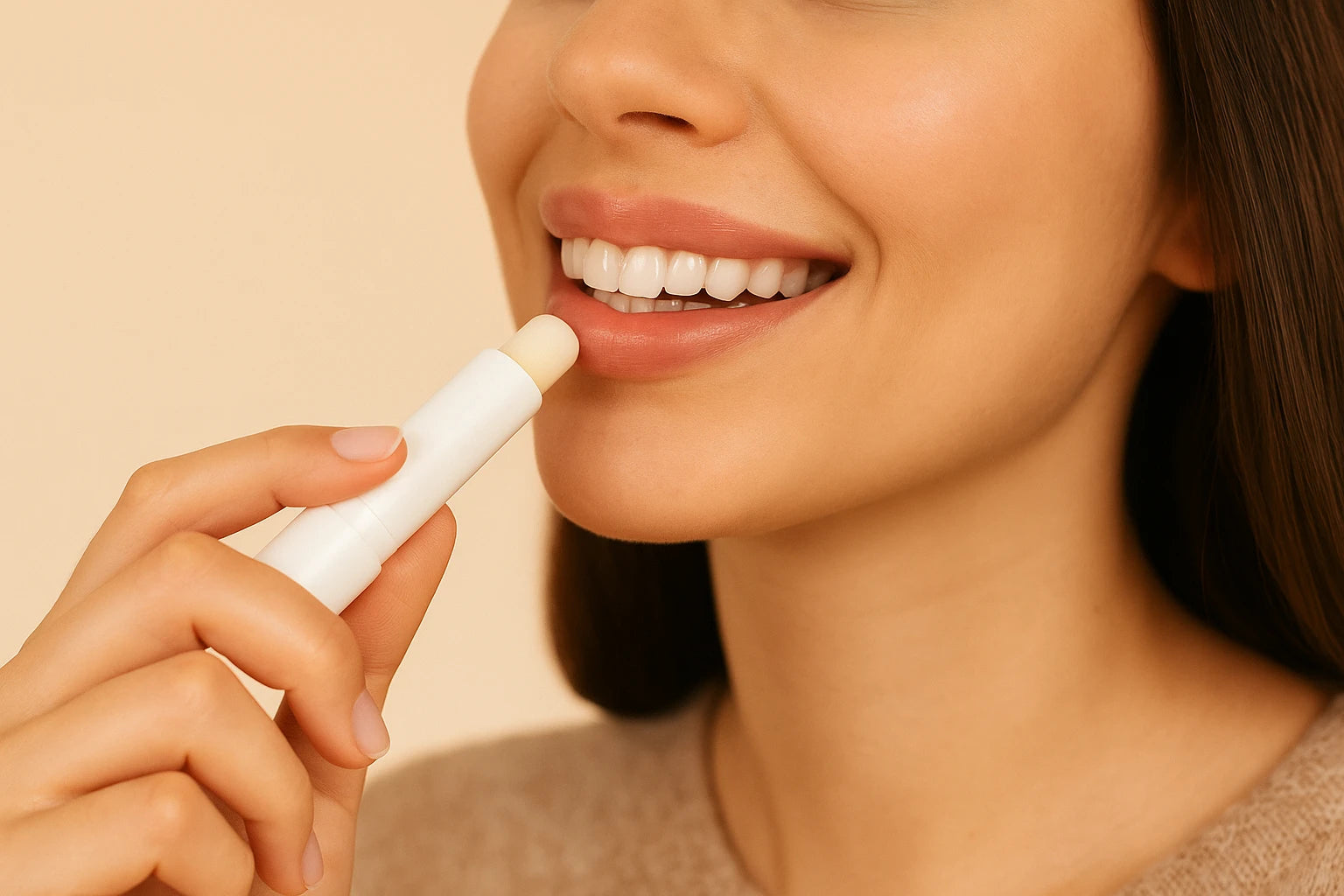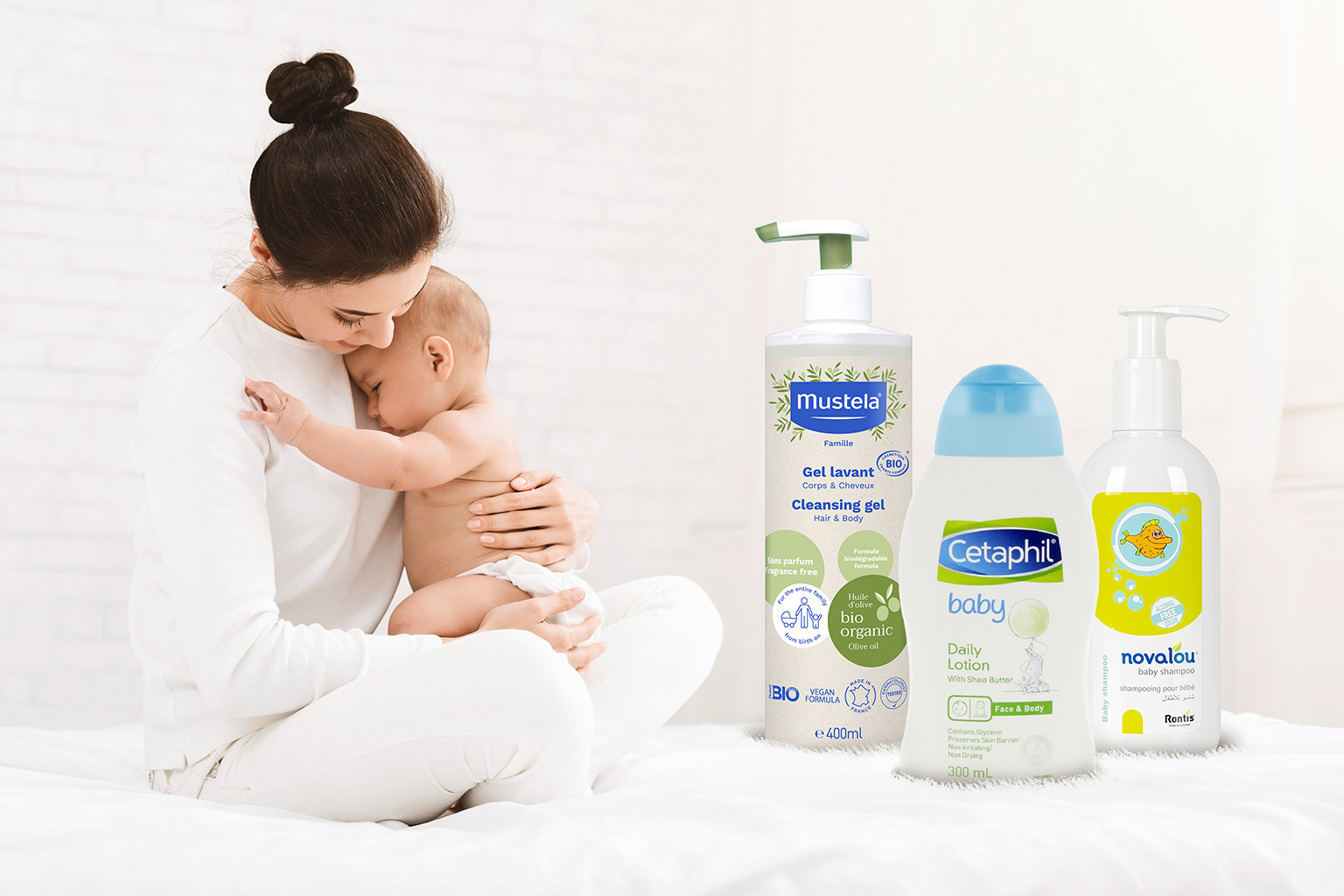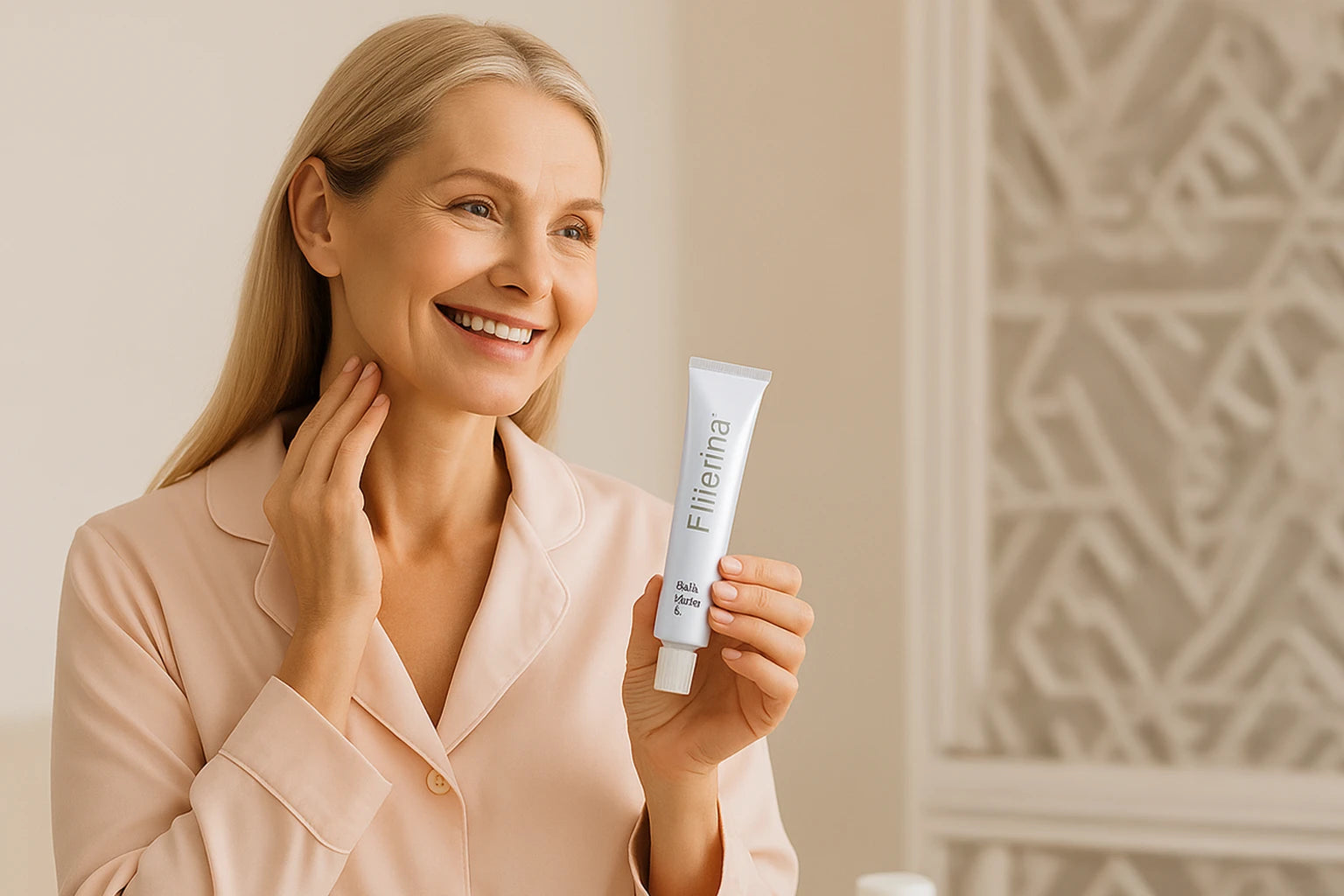Contents:
- Introduction
- Non-Infectious Skin Infections
- Infectious Skin Infections
- Alfacort Cream
- Uses of Alfacort
- How to Use Alfacort Cream
- Additional Tips When Using Alfacort Cream
- Frequently Asked Questions
- Conclusion
Introduction
Skin infections are among the most common problems people face, occurring as a result of the skin's reaction to external or internal factors. This can lead to inflammation, irritation, redness, and itching, and may also be accompanied by peeling of the skin or the appearance of discharge.
If infections are diagnosed correctly and treated effectively under the supervision of a doctor, using treatments such as Alfacort cream, this helps speed up the healing process and prevent the infection from spreading to other areas of the body.
Non-Infectious Skin Infections
These infections occur due to skin irritation and sensitivity without a bacterial or fungal infection. They can appear because of several factors, including:
- Skin sensitivity caused by unsuitable skincare products or those containing harmful chemicals
- Friction from wearing tight clothing
- Environmental factors, such as dust, chemicals, or dry weather
- Allergies to plants or insect bites
- Genetic factors
These infections often appear as eczema, itching, irritation, inflammation, or psoriasis.
Infectious Skin Infections
Bacterial Infections
These occur when bacteria enter the skin after cuts, scratches, or insect bites, leading to a localized infection. Common symptoms include:
- Pain, redness, swelling, and warmth at the infection site
- Presence of pus or fluid-filled blisters
- Swelling of nearby lymph nodes, sometimes accompanied by fever
Bacterial infections can appear in forms such as cellulitis, boils, and impetigo.
Fungal Infections
These infections are caused by the growth of fungi—not bacteria—in warm and moist areas of the body, such as between the toes, the groin, under the armpits, around the mouth, nails, and scalp. Common causes include:
- Prolonged exposure of body areas to moisture (e.g., poor ventilation of the feet from wearing shoes for long periods), causing athlete’s foot
- Excessive sweating due to high-intensity physical activity
- Weakened immunity, often from prolonged use of antibiotics or corticosteroids
- Wearing clothes made of fabrics that trap moisture and prevent ventilation
- Transmission from one person to another via shared personal items such as towels, shoes, or nail care tools
Symptoms of fungal infections include:
- Redness of the skin
- Circular patches with severe itching
- Slight peeling or white scales
- Discharge or unpleasant odor on the scalp
- Sometimes hair loss in affected areas
The most common fungal infections include tinea pedis (athlete’s foot) and tinea corporis (ringworm).
Alfacort Cream
Skin infections can vary in severity from person to person. The good news is that effective treatments exist to relieve symptoms and soothe irritation. Among these is Alfacort cream, which is used to treat bacterial skin infections and alleviate associated symptoms such as redness, itching, and swelling.
Alfacort cream is a widely used topical treatment for relieving inflammation, thanks to its active ingredient hydrocortisone, which has anti-inflammatory effects. When the skin is inflamed, the body sends signals that manifest as redness, swelling, and itching. The active ingredient in Alfacort cream helps soothe these symptoms, stopping inflammation and accelerating skin healing.
Uses of Alfacort
- Dermatitis
- Eczema
- Psoriasis
- Insect bites
How to Use Alfacort Cream
Use Alfacort cream according to the doctor’s instructions. Typically, a thin layer is applied to the affected area 2–4 times daily until the inflammation subsides.
Additional Tips When Using Alfacort Cream
- Do not use Alfacort cream on patients with bacterial, viral, or fungal infections.
- Treatment should not exceed 7 days.
- Avoid long-term use or applying on large skin areas continuously, especially on the face or under medical dressings.
- Do not use on open wounds, ulcers, or cracks.
Frequently Asked Questions
Is Alfacort cream used for the face?
- Do not use on the face except after consulting a doctor.
Can it be used for children?
- Yes, but under medical supervision.
What are the possible side effects of Alfacort cream?
- Dryness or thinning of the skin with prolonged use
- Appearance of fine blood vessels on the skin
- Skin peeling or a burning/irritating sensation
Conclusion
Inflammations can result from multiple factors and may be infectious or non-infectious. Alfacort cream is one of the most common treatments for non-infectious skin inflammations such as eczema and psoriasis. However, it is important to use it correctly and under medical supervision, following the prescribed dosage and duration to avoid potential side effects.




